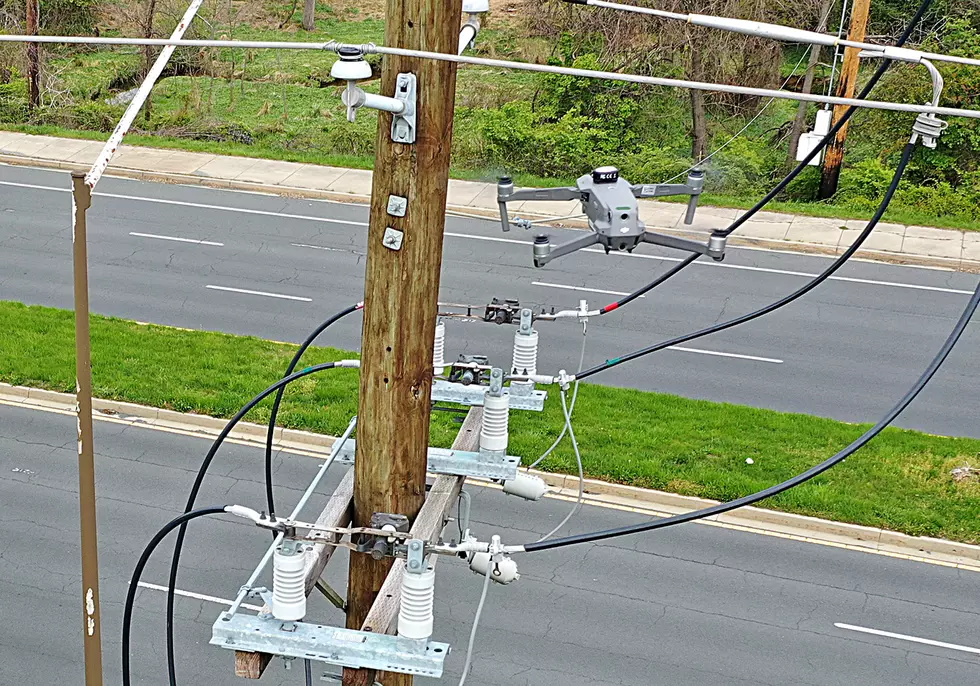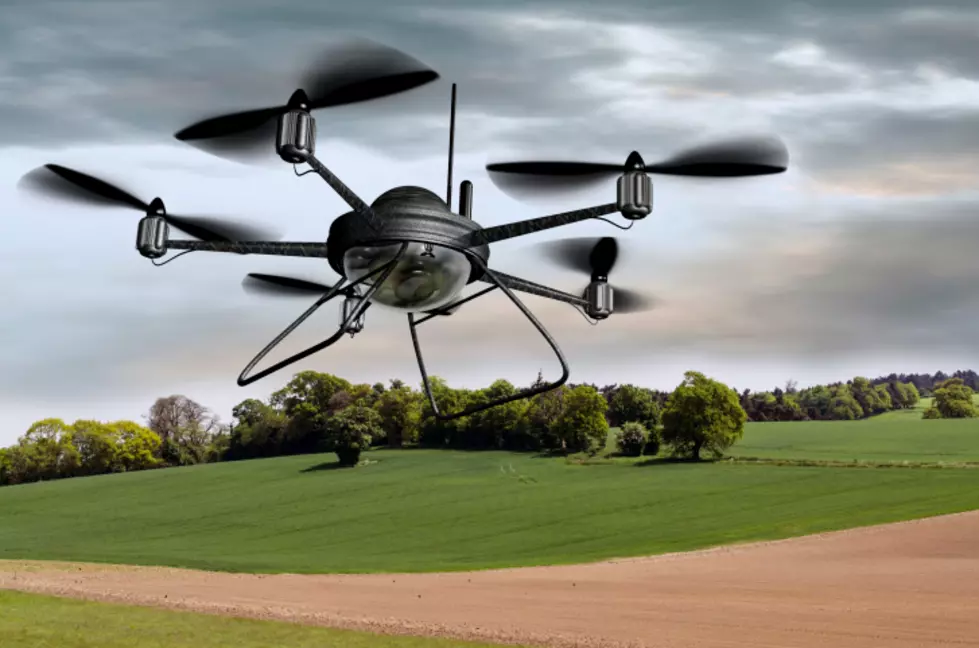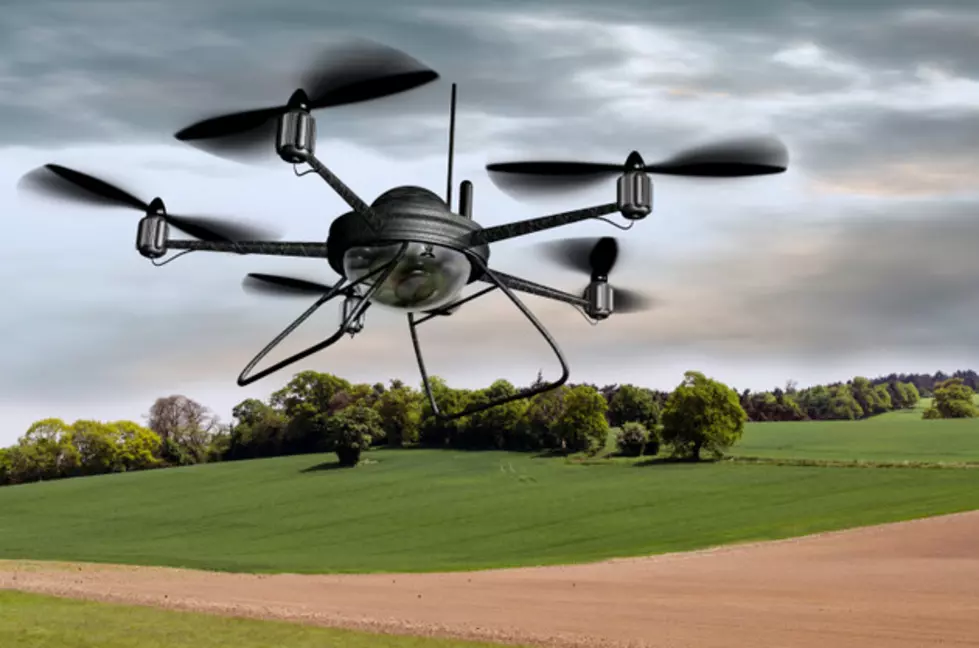
Drone rules sought by FAA would favor commercial operators
WASHINGTON (AP) -- The government is readying rules largely favorable to companies that want to use small drones for commercial purposes, according to a federal analysis, potentially leading to the widespread flights by unmanned aircraft performing aerial photography, crop monitoring, inspections of cell towers and bridges and other work.
An economic analysis by Federal Aviation Administration, which was inadvertently posted online, describes draft rules submitted by the agency in October to the White House budget office to review. In response to inquiries, the FAA said in a statement late Saturday that it will officially release the rules on Sunday.
The regulations would apply to drones weighing less than 55 pounds. They would improve safety by using small, lightweight unmanned aircraft instead of heavier, manned aircraft that "pose a higher level of risk," the analysis said. It notes that between 2004 and 2012, there were 95 fatalities involving climbers working on cell and other towers.
If the rules would prevent only one fatality by using a small drone instead of a tower climber, the $9.2 million saved - the amount the government says is the economic value of a single life - would exceed the entire cost of the regulations to society, according to the document.
The analysis does not offer a total estimate on the annual economic benefit of regulations, but says it would exceed $100 million a year. For example, about 45,000 annual bridge inspections could be conducted with small drones. Most bridge inspections currently employ hydraulic mobile cranes called "snoopers." The average cost of an inspection using a snooper is $3,250. Cable bridge inspections are even more expensive because they often require a 200-foot aerial lift.
The Association of Unmanned Vehicle Systems International, an industry trade association, estimates that small, commercial drones will create 70,000 jobs with an economic impact of more than $13.6 billion in the first three years after their integration into U.S. skies.
The analysis doesn't address jobs that might be displaced by drones, like some types of pilots.
The FAA currently bans all commercial drone flights except for those by a small number of companies that have been granted waivers. Congress has been leaning on the FAA to move faster on regulations that would allow a wide variety of companies to employ drones for everything from monitoring pipelines to delivering pizzas. Under a law passed in 2012, the FAA was to issue final regulations by September 2015, but that appears unlikely.
Even if the White House approves the FAA's proposal, the agency is still required to offer it for public comment. Tens of thousands of comments are anticipated, and it could take two to three years for the agency to address them before issuing final regulations.
The document indicates the agency has dropped its insistence that drone operators have the same licenses and medical certificates required for pilots of manned aircraft. Industry officials complained that obtaining a private pilot license or medical certificate would be unnecessarily burdensome.
Commercial operators would have to take an aerospace knowledge test administered by the FAA before they could receive a certificate granting permission to operate a drone. The agency estimates the cost to operators of obtaining certificate at about $300.
A private pilot license can cost thousands of dollars because it requires many hours of experience flying a plane.
Operators would have to keep drone flights under 500 feet in altitude, which is below where most manned aircraft fly. That's 100 feet higher than the agency typically has approved in waivers to commercial operators.
But the draft rules would still prohibit drones from flying farther away than they can be seen by their operator, and nighttime flights would remain banned. The line-of-sight requirement would preclude delivery drone of the type envisioned by Amazon. Google is also experimenting with such drones.
Industry officials have chafed at both restrictions, saying they significantly reduce the usefulness of unmanned aircraft. The FAA's concern is that with no pilot on board, the operator on the ground is best able to prevent a collision with another aircraft by keep the drone in sight at all times.
Drone operators would also have to be checked out by the Transportation Safety Administration to determine whether they pose a security threat before they could receive an FAA operator certificate. There is no fee for the security check, but one might be applied in the future, the analysis said.
Last month, a small drone flew over the White House fence and crashed on the lawn. Although the operator later came forward saying the incident was an accident, the episode has raised concern that small drones might pose a security threat.
Agriculture is expected to become one of the first industries to embrace drones. Helicopter drones that are widely used for spraying crops in Japan would not fall under the FAA rules because they weigh significantly more than 55 pounds. But the rules would apply to small drones that monitor crops to better target watering or for mapping fields.
The FAA analysis was first reported by Forbes on Saturday.
© 2015 The Associated Press. All rights reserved. This material may not be published, broadcast, rewritten or redistributed. Learn more about our Privacy Policy and Terms of Use.
More From New Jersey 101.5 FM









